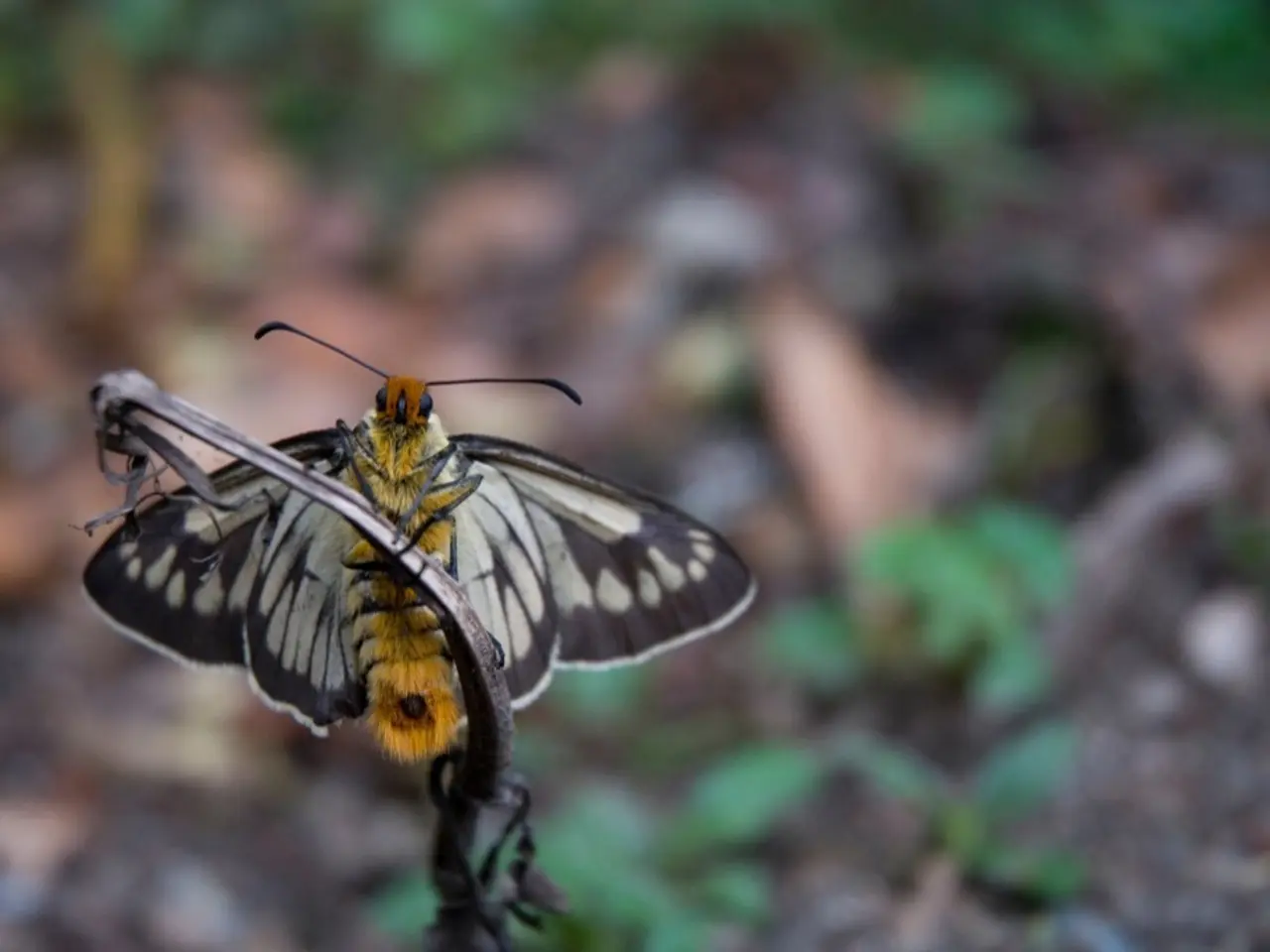Monitoring Butterfly Populations
In the heart of the Amazon Rainforest, Yasuni National Park stands as one of the most biodiverse places on Earth. Home to multiple tribes, including the uncontacted Tagaeri and Taromenane, this pristine wilderness is a sanctuary for a vast number of amphibians, mammals, birds, plants, and, unbeknownst to many, a myriad of insect species.
Oil drilling has moved closer to the buffer zone where the Tagaeri and Taromenane live, posing a real threat to their survival and the park's overall health. This isn't the only challenge Yasuni faces; deforestation, illegal logging, climate change, and changing seasonal patterns are also significant threats.
Amidst these challenges, a long-term monitoring study in Yasuni National Park is making strides in understanding and conserving its insect population. Led by entomological researchers and ecologists like Charles W. Myers, Jan S. T. Quintero, and David E. Wilson, the study uses citizen science and trains park rangers to identify butterflies.
Butterflies, it seems, can serve as indicators of ecosystem health due to their sensitivity to changes in temperature, humidity, light, and vegetation. The decline in butterfly populations can indicate a decline in the overall ecosystem health. A study published in February in the journal Insect Conservation and Diversity aimed to understand the diversity and number of insects in Yasuni National Park.
While the study focuses on butterflies, it's important to note that insects play a crucial role in pollination and nutrient cycling, ensuring the reproduction of plants and the flow between death and new life. They are also a vital food source for many animals, including frogs, birds, lizards, mammals like armadillos and bats, and creatures that eat insect-eaters.
Scientists estimate that insects make up around 80% of all animal species, but only over 1 million species have been named so far. There are estimates that there are as many as 10 million species of insects, with most of them yet to be discovered.
This project not only contributes to scientific knowledge but also empowers local communities. The park rangers, many of whom belong to neighboring Indigenous communities, feel more empowered to understand and protect their forests. Checa, a prominent figure in the conservation efforts, believes that conservation is only possible when local people are involved in decision-making processes.
Moreover, this project has a particular focus on empowering women in rural Ecuador, where gender discrimination is greater than in cities.
As we move forward, it's crucial to remember that the survival of the Tagaeri and Taromenane, the health of Yasuni National Park, and the understanding of its diverse insect population are all interconnected. The future of this pristine wilderness lies in our hands, and the actions we take today will shape its tomorrow.
Read also:
- Peptide YY (PYY): Exploring its Role in Appetite Suppression, Intestinal Health, and Cognitive Links
- Toddler Health: Rotavirus Signs, Origins, and Potential Complications
- Digestive issues and heart discomfort: Root causes and associated health conditions
- House Infernos: Deadly Hazards Surpassing the Flames








